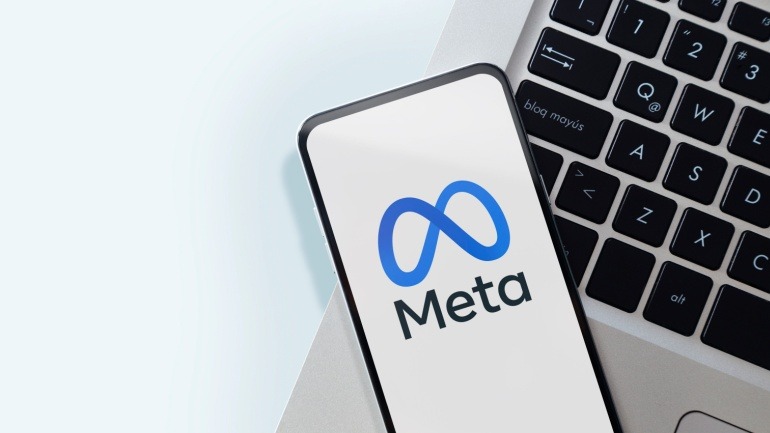Sinch, which is pioneering the way the world communicates through its Customer Communications Cloud, has partnered with Singtel, Asia’s leading communications technology group, to become the first provider to enable Rich Communication Services (RCS) for businesses in Singapore. Sinch and Singtel are now offering businesses an advanced platform to connect with customers through secure and branded messaging directly in their native mobile inboxes.
Intel has announced a significant delay in constructing new chip manufacturing facilities in Germany and Poland, following disappointing Q2 financial results. This delay could impact Europe’s ambitions to bolster semiconductor production and reduce dependence on Chinese manufacturing.
This week, the FCC fined AT&T $13 million following a data breach that compromised 8.9 million customer records. Poor data security and a failure to enforce data deletion by a third-party vendor led to this significant violation.
SoftBank and Intelsat have launched an innovative hybrid network for seamless 5G connectivity, integrating mobile and satellite technologies. This groundbreaking initiative aims for uninterrupted global communication, supporting applications like connected vehicles and disaster response.
Vodafone has expanded its strategic partnership with Microsoft, integrating Microsoft 365 Copilot AI across 68,000 employees to boost productivity and digital efficiency. Incorporating generative AI into various business areas will streamline tasks, allowing employees to focus on more creative endeavors.
Ofcom has introduced new regulations mandating that internet service providers (ISPs) clearly state whether their broadband uses full-fibre, part-fibre, copper, or cable networks. This aims to eliminate confusion among consumers by providing transparent information on network technologies. By making informed comparisons, customers can better choose the right internet services.
Sinch, which is pioneering the way the world communicates through its Customer Communications Cloud, is excited to announce the return of its highly anticipated event, Email Camp. The free 3-day virtual event will take place from September 24-25, running each day from 3:00 pm to 6:30 pm BST, featuring on-demand sessions each day.
Meta’s recent decision to resume using public content from UK users on Facebook and Instagram for AI model training showcases a strategic move to enhance its AI capabilities. This change, following regulatory discussions, aims to better reflect British culture and language, keeping Meta competitive in the AI landscape.
Sparkle, Italy’s leading international service provider, partners with Nexim Global to boost global Internet connectivity. This collaboration, sealed at IBC2024, leverages Nexim’s 8,600 km fiber network and Sparkle’s IP Transit in Milan. Customers will benefit from high-speed, low-latency Internet and advanced DDoS protection, enhancing their online experience.
American Tower Corporation has completed the sale of its Indian operations to Data Infrastructure Trust for INR 210 billion ($2.5 billion). This significant move enhances DIT’s portfolio to 257,000 telecom sites, surpassing Indus Tower.













